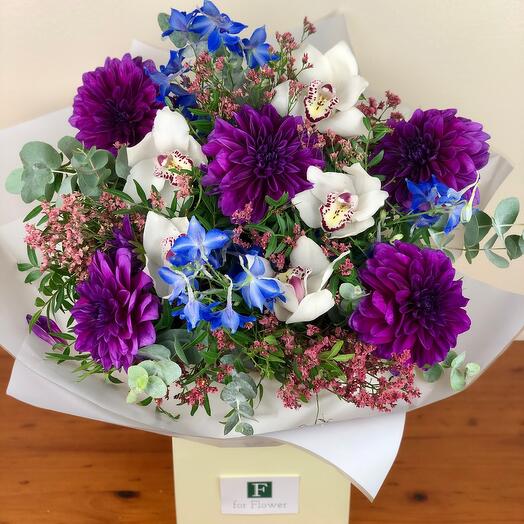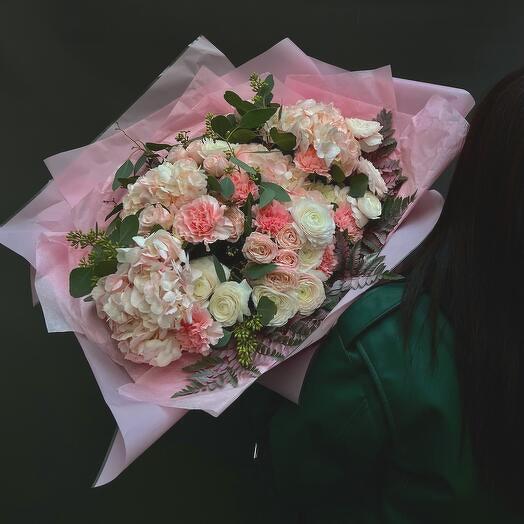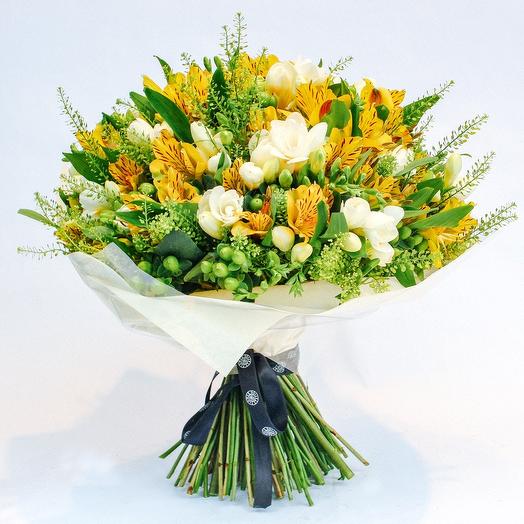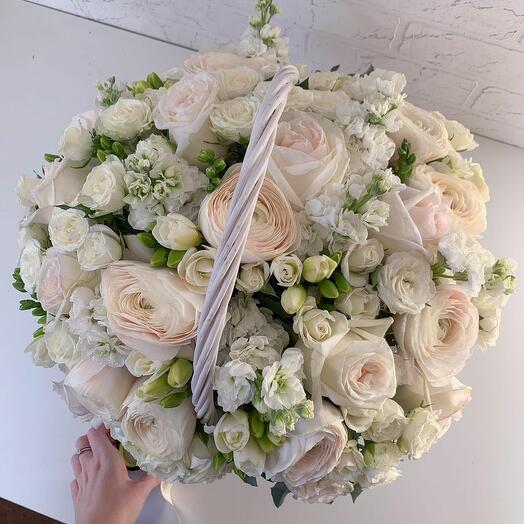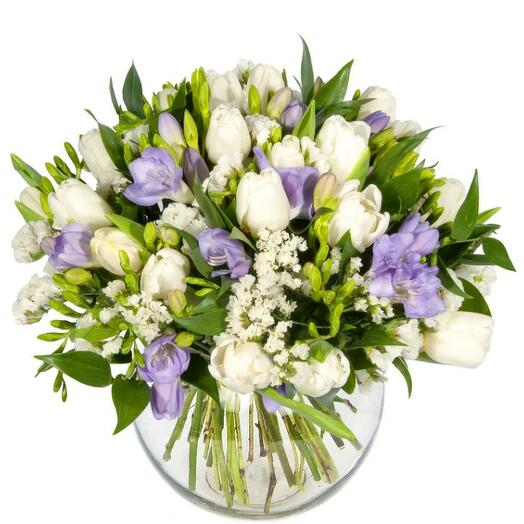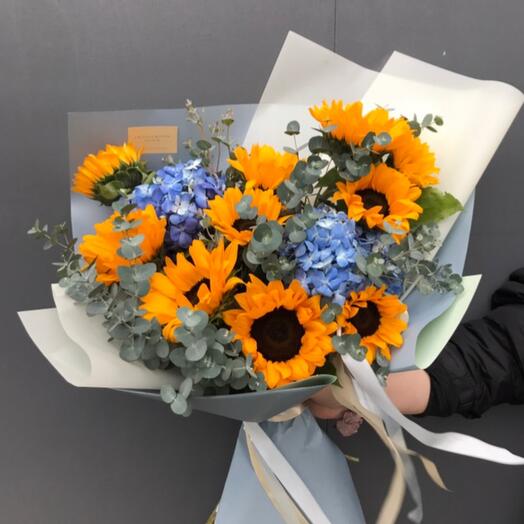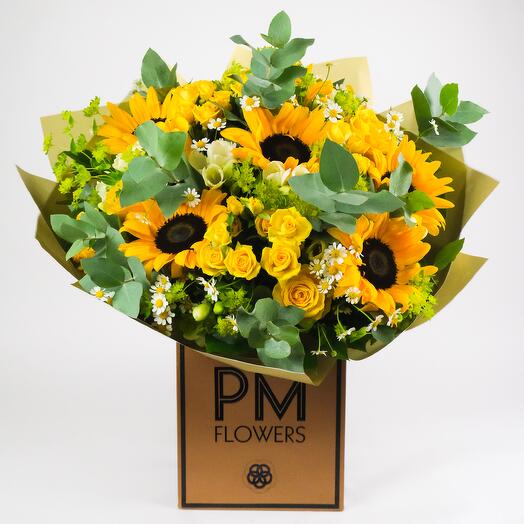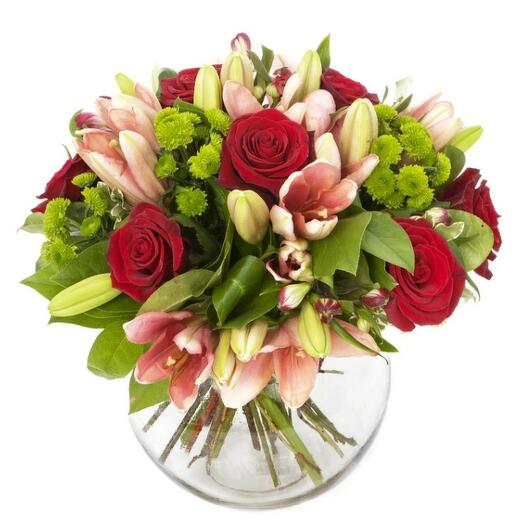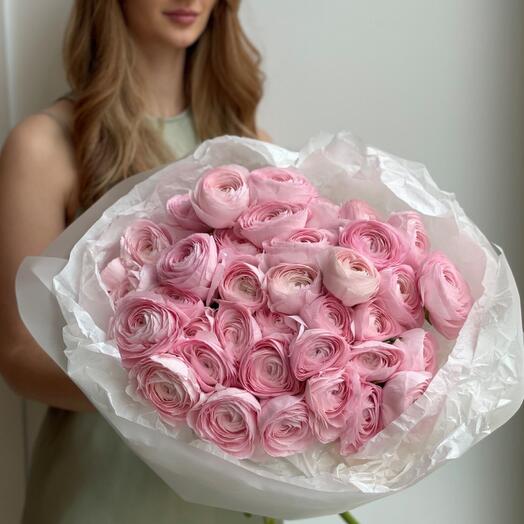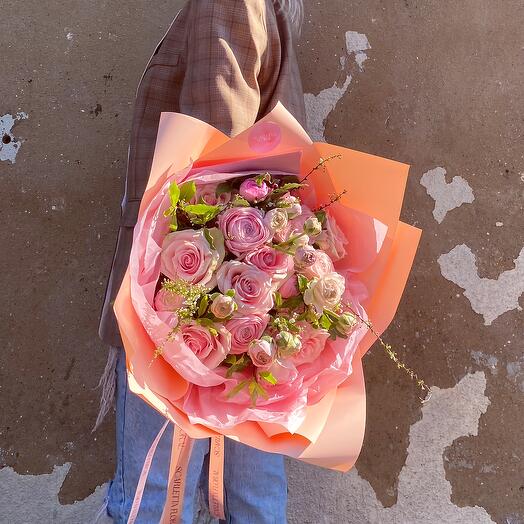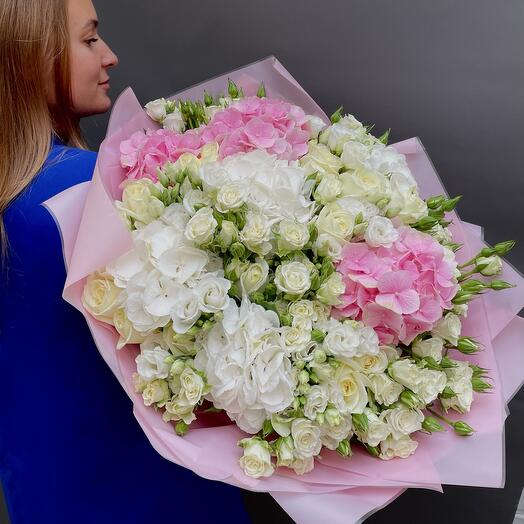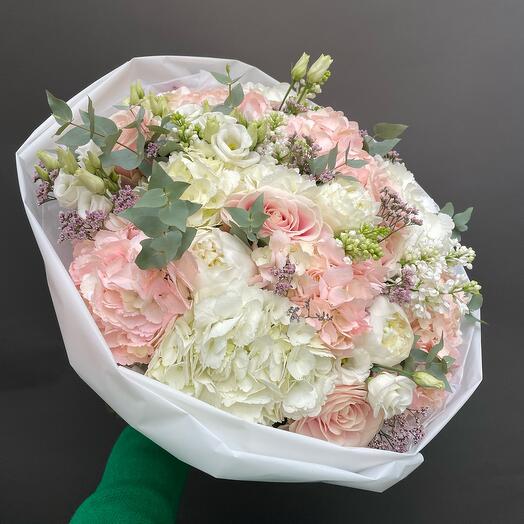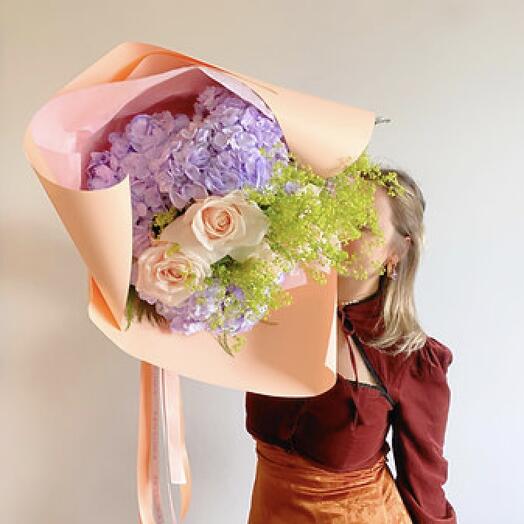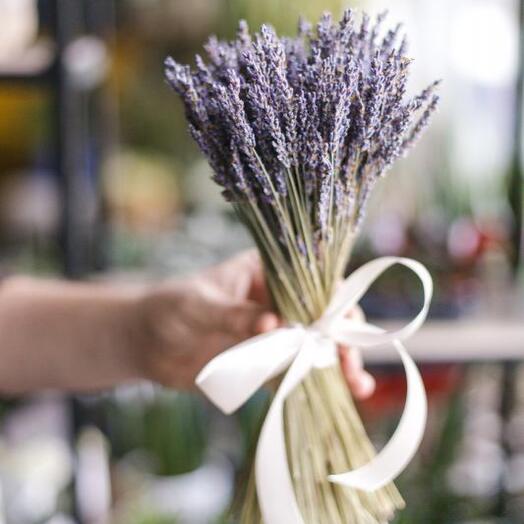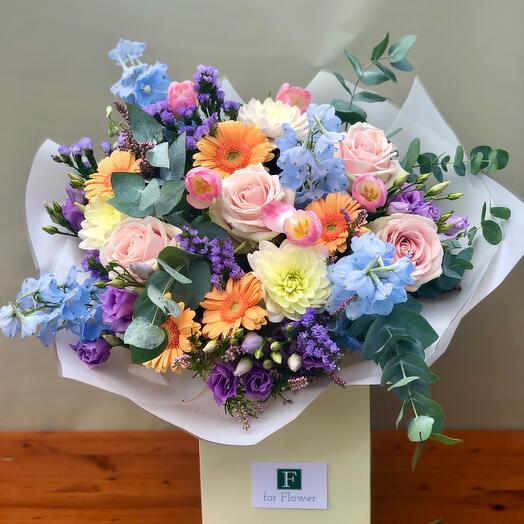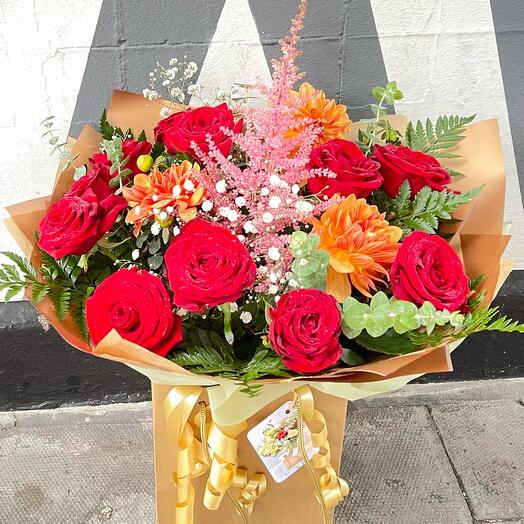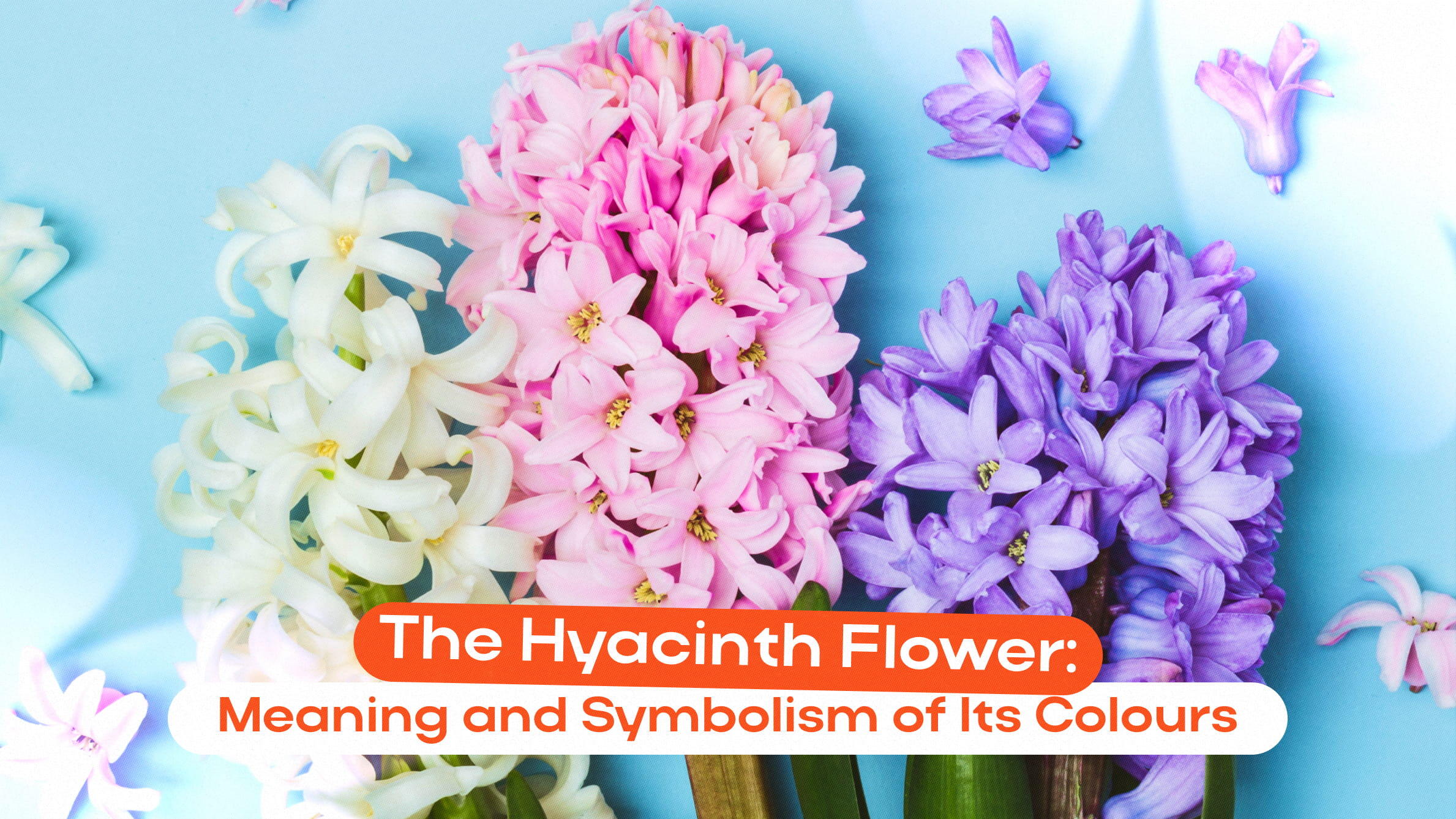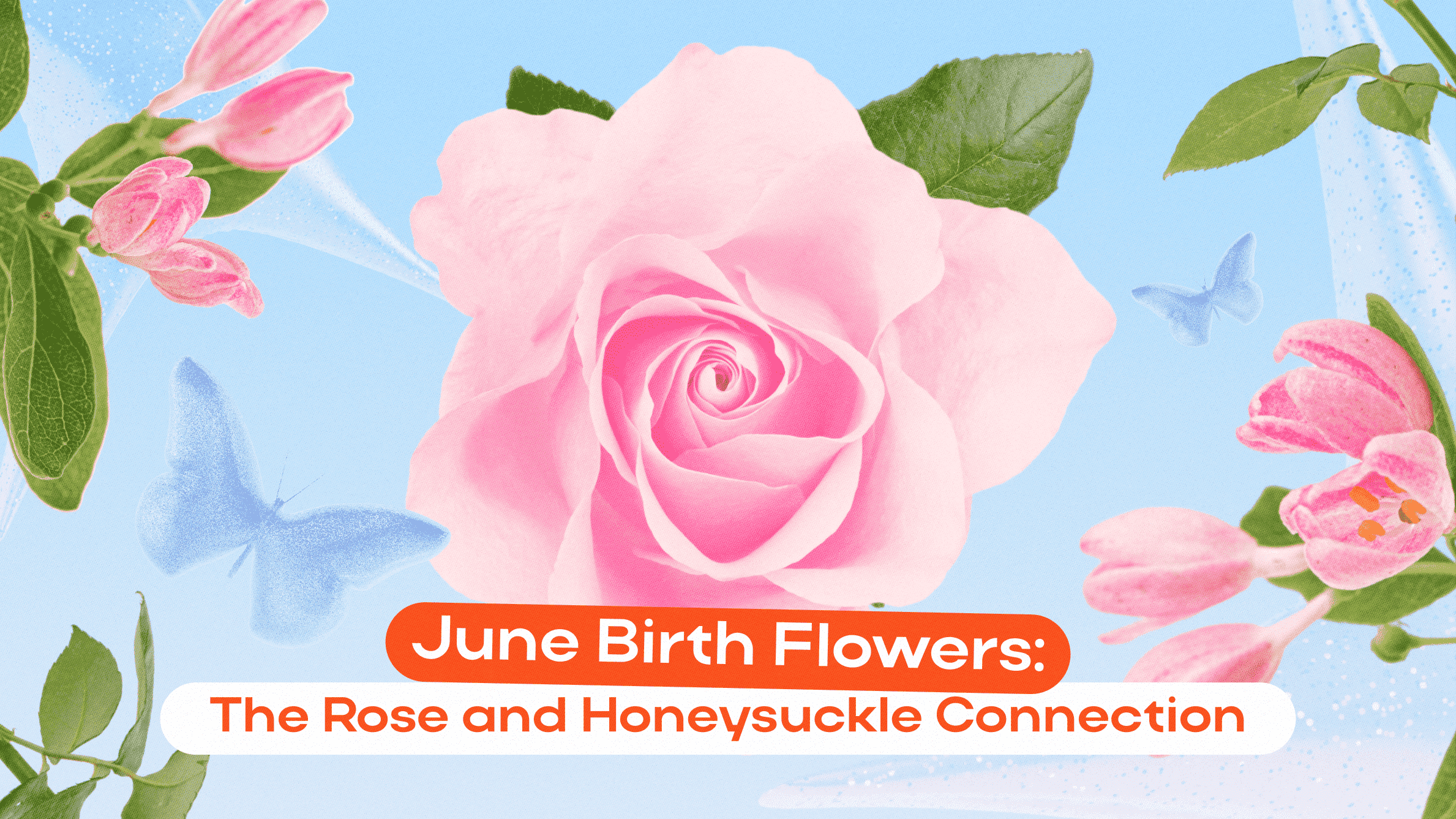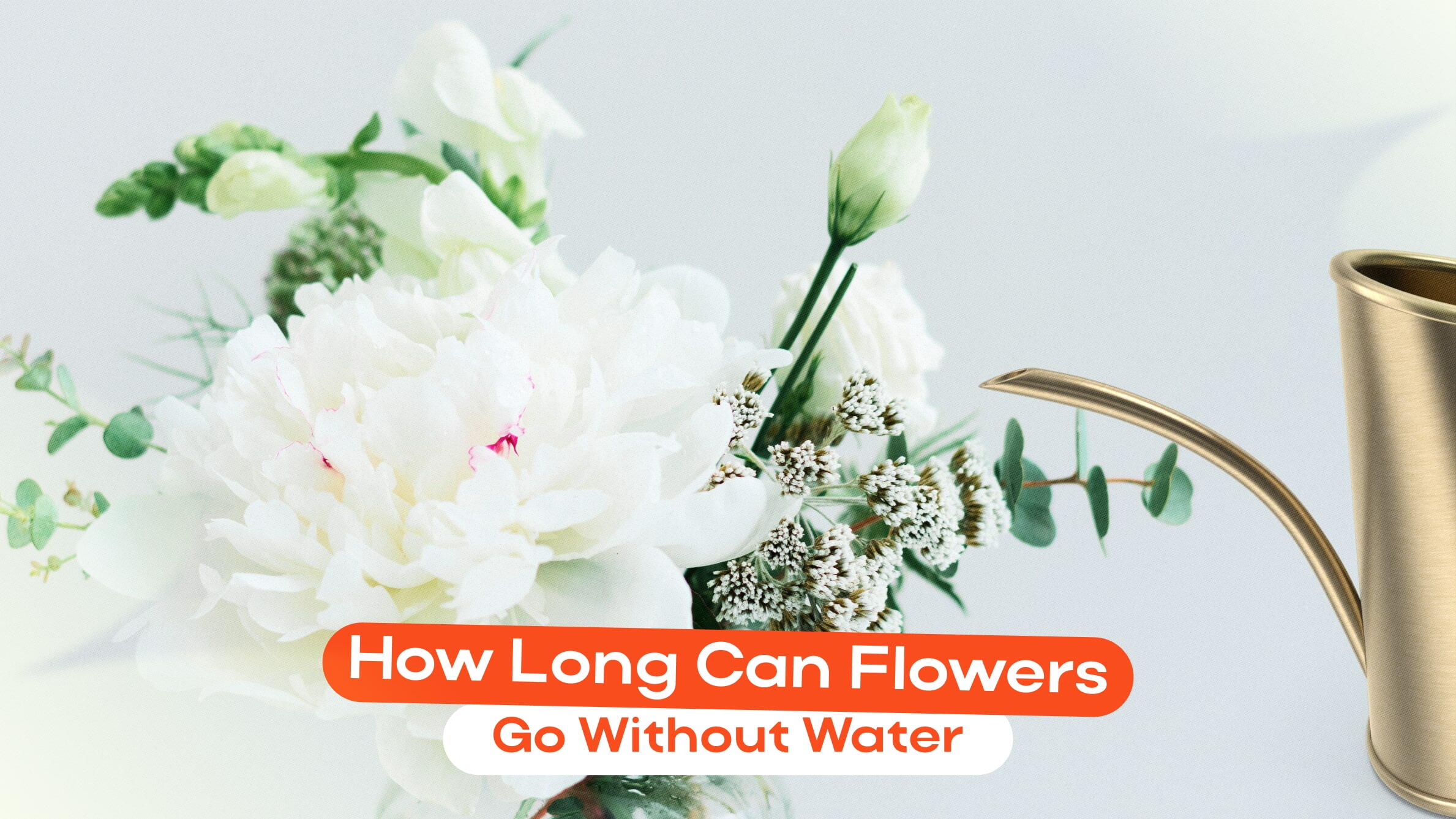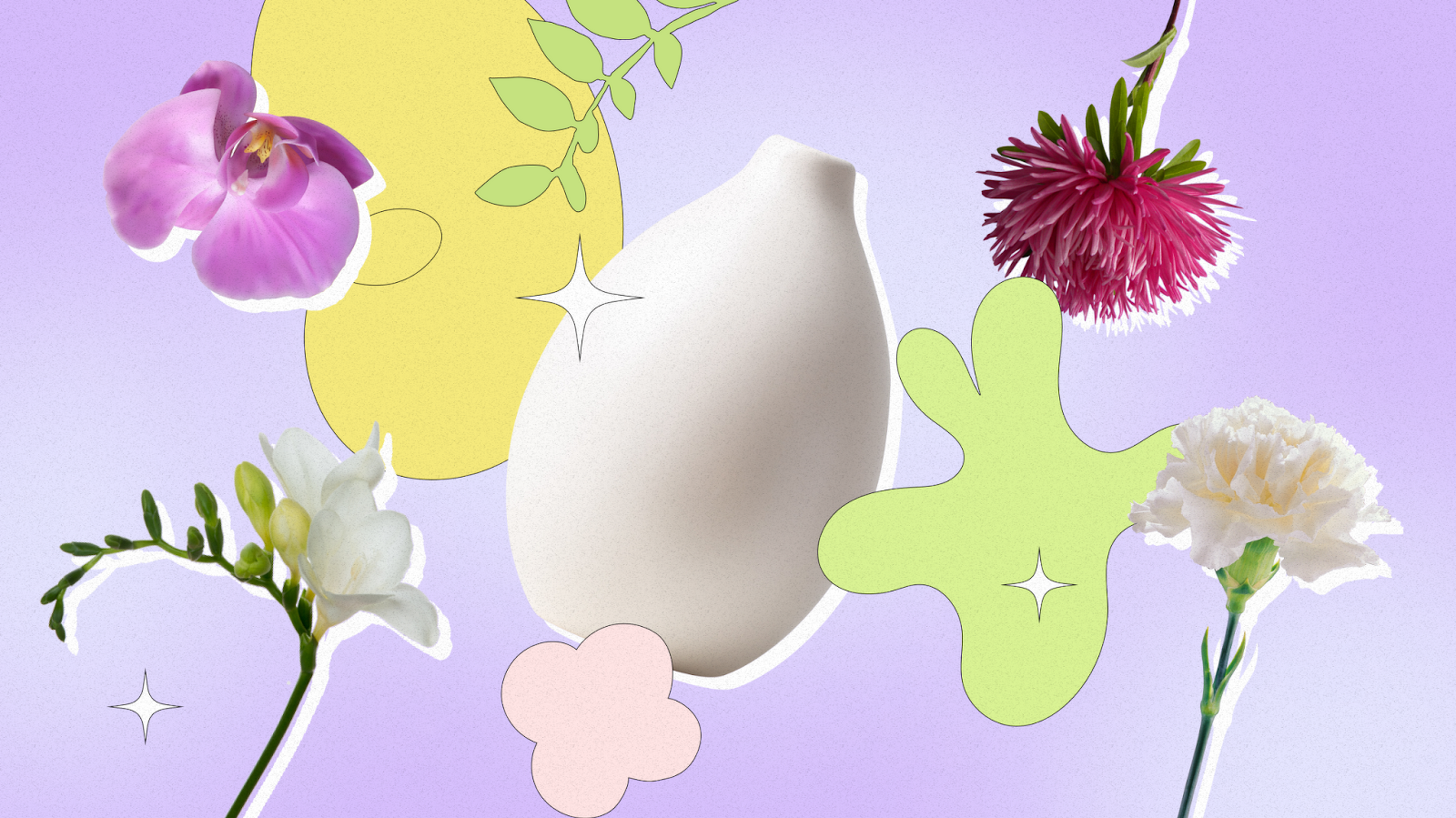
“You must not forget it. You become responsible, forever, for what you have tamed. You are responsible for your rose” – this monologue by the fox from Saint-Exupéry’s classic rings true when taking care of a bouquet. Without attention, not even the freshest blossom stays thriving and vibrant. We’ve compiled a list featuring the long-lasting cut flowers in the UK in the hopes that nothing on your planet ever withers.
Chrysanthemum
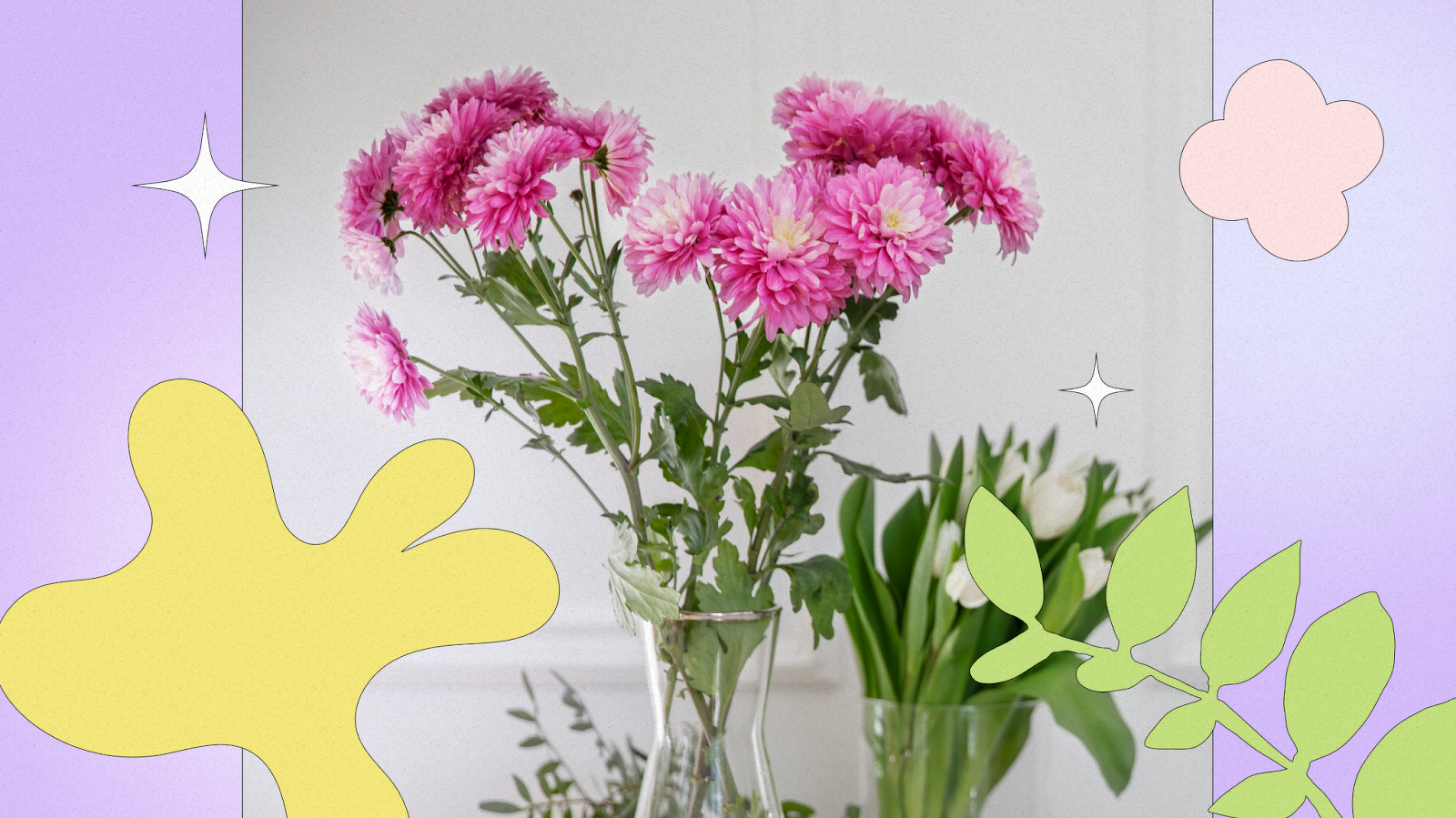
Summer favourites, these are arguably the most undemanding varieties. Capable of living on for about a month, these ample blooms are marvellous for long-term enjoyment. For healthy and lively bouquets, follow this routine: change the water and wash the container every day. Being infatuated with clear water, chrysanthemums consume it actively, so constant replenishment is a must.

Carnation
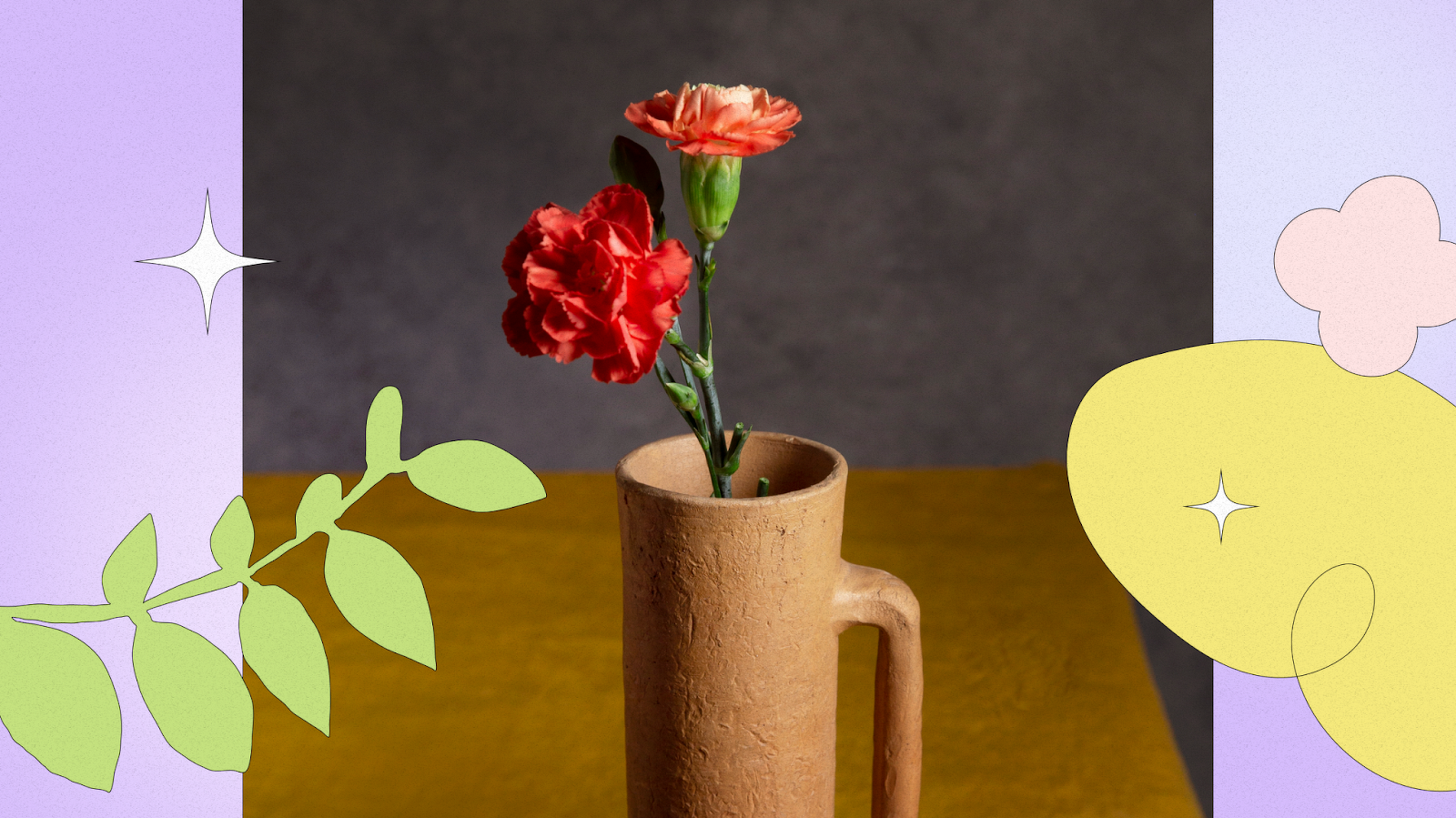
Carnations are extremely sturdy, capable of remaining in a vase for about three weeks. All they need is non-chlorinated water; they also bloom significantly better in a cooler environment. However, keep this in mind: close proximity to carnations is damaging for other varieties.
Orchid

The orchid is among the pioneers of endurance; these long-lasting flowers maintain their beauty for up to 2.5 weeks. The secret is to thoroughly rinse the vase and trim the flowers, as well as supply them with soft water. Despite their resilience, orchids are highly delicate about their buds: avoid touching their petals or spraying them. For some extra strength, add a drop of alcohol to the vase.
Freesia
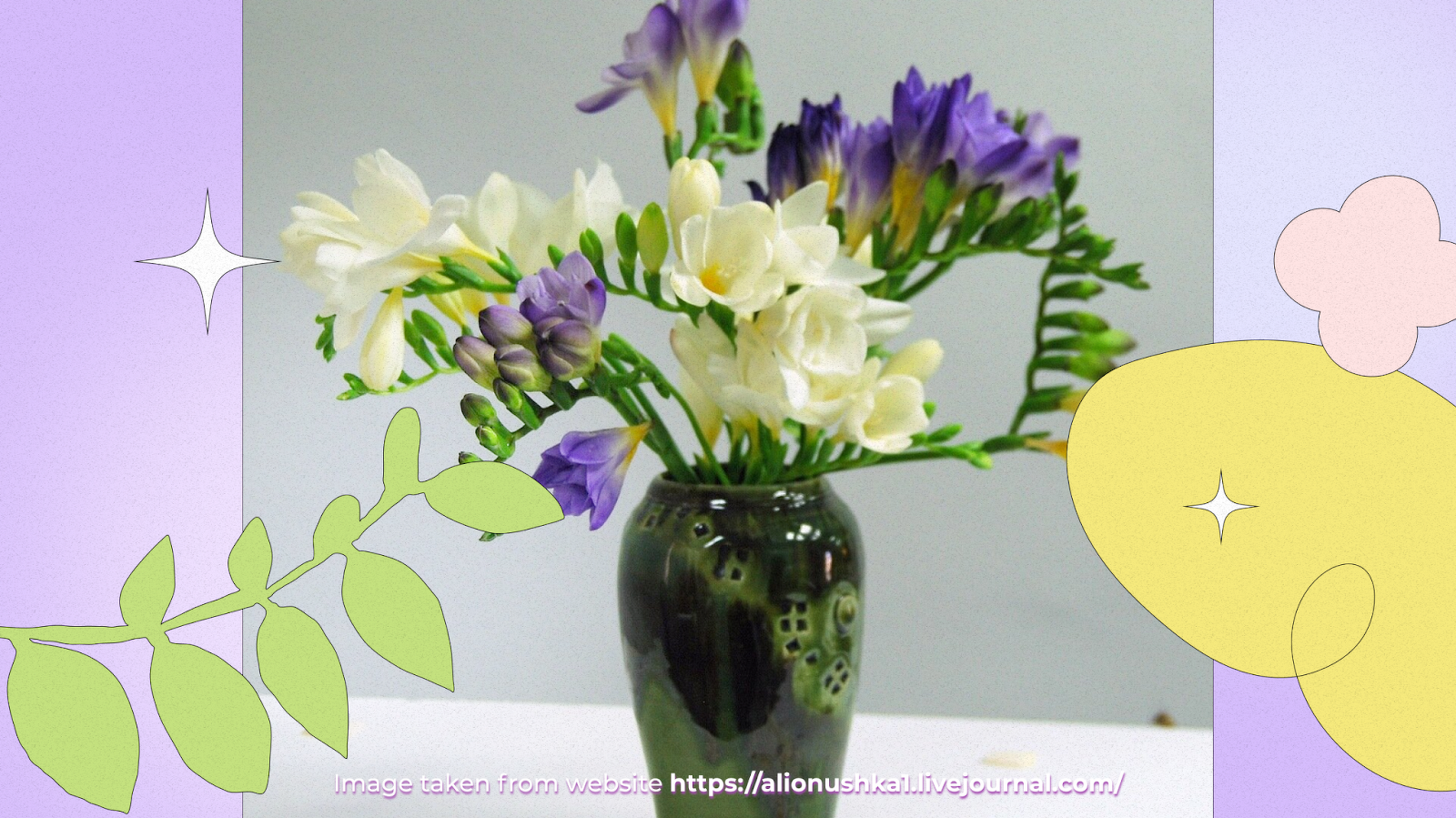
Freesias sustain their freshness for about 2 weeks, which is why they are some of the longest-lasting flowers. No special routine is expected – simply change the water daily, ensuring it’s not too cold or warm; it’s also beneficial to shorten the stem by 1 cm to improve nutrient flow.

Sunflower

For sunflowers to be resplendent and colourful for 2 weeks, get rid of foliage that will be submerged in the water. For efficient nutrient uptake, don’t forget to recut the stems. As for floral food, these varieties enjoy universal solutions and DIY mixtures.
Lily
Cut lilies are quite low-maintenance. The less time they spend without water, the longer they offer their magnificent splendour. As delicate species, they should not be crushed or deformed in any way, so always choose a container with enough space for the stems to stand freely. These specimens adore cool environments and spots with minimal sun exposure. Additionally, it’s excellent practice to separate the lily bouquets from baskets of fruit, as such closeness shortens their lifespan. Finally, avoid combining lilies with other flowers: the former release chemicals that accelerate the wilting process.
Alstroemeria
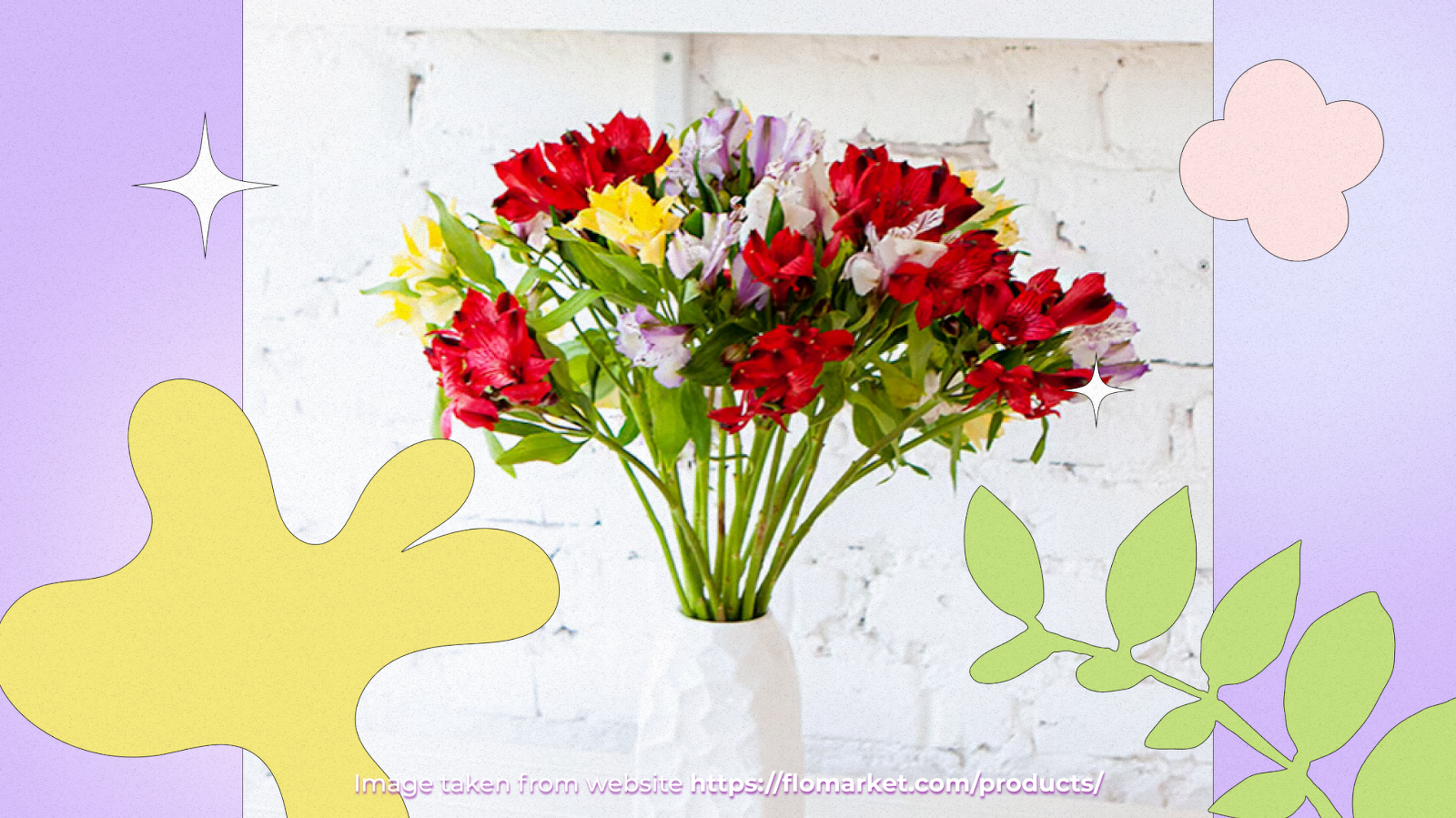
Alstroemerias are quite similar to lilies: both have multiple buds mounted on one stem. Purchasing an arrangement with many buds still closed is a flawless strategy, as they will begin blooming in your home.
The optimal conditions are room-temperature air with little sunlight. Daily checks and trimming make for an unparalleled way of supplying the necessary energy to the stems. Dried leaves and petals are best removed as soon as possible to prevent them from decaying.
Ranunculus
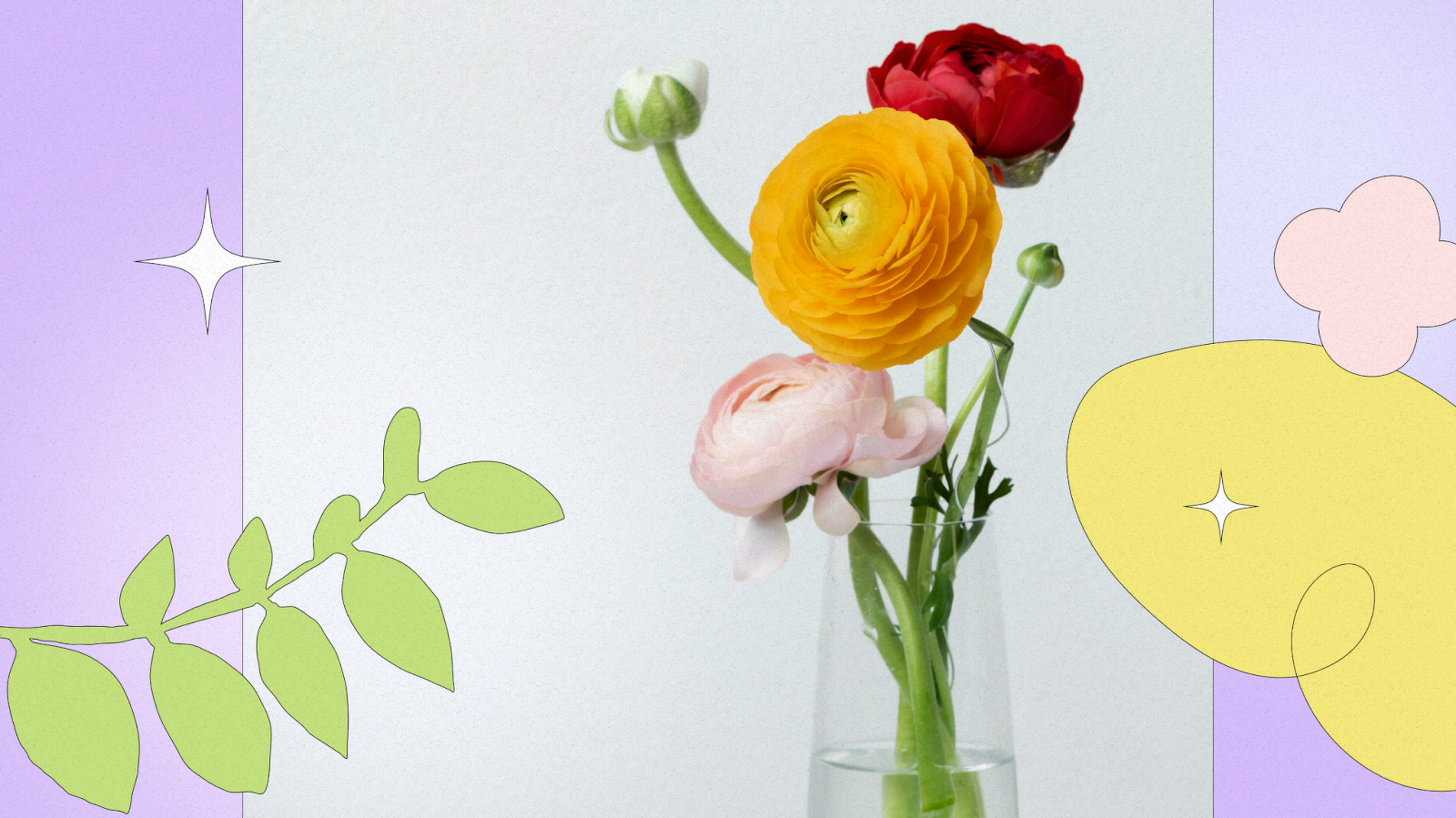
When it comes to ranunculus, their lifespan is quite amazing, lasting from 10 to 12 days in proper conditions. The secret to these flowers’ long life is lukewarm water, about 37 degrees Celsius. To prevent rot, only place them in shallow water, about 3 cm deep. For a simple DIY floral food recipe, combine two tablespoons of lemon extract with a crushed tablet of aspirin.
Hydrangea

Hydrangeas are bound to remain a delightful sight for tired eyes for multiple days, but it’s vital to shorten the stem and make several longitudinal cuts. Some florists recommend cauterising the area by holding it in hot water for approximately 10-15 seconds. This way, the adhesive fluid produced by the cells is removed easily. It’s also a good idea to refresh the water once in 2-3 days rather than pouring more of it.
Lavender
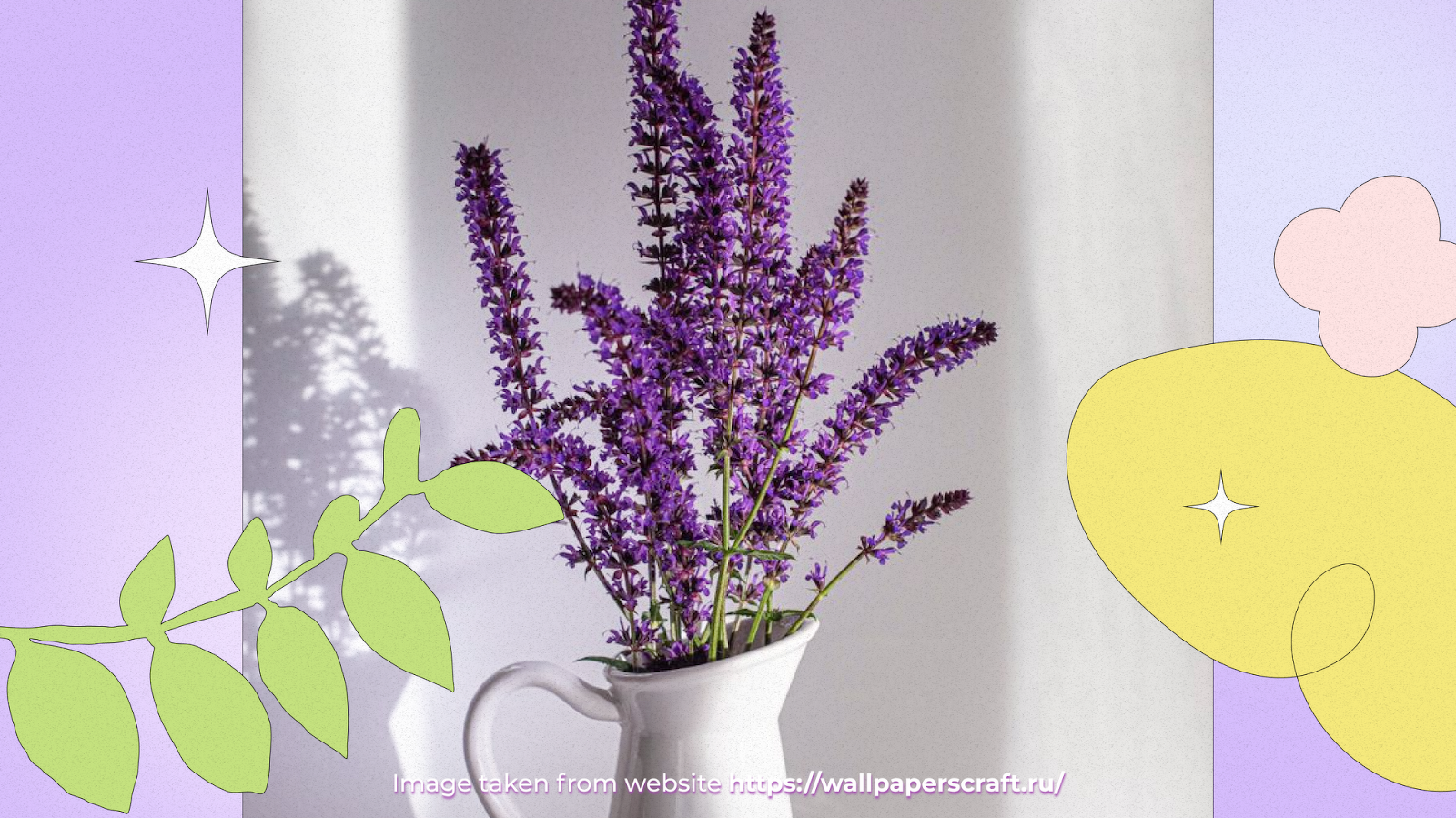
While lavender was not gifted with tremendous longevity, it can still survive for almost a week. Such a bouquet needs a thoroughly cleaned container to prevent contamination. An excellent natural recipe calls for 1 spoon of honey, a few drops of lavender essential oil, and a pinch of activated charcoal. The honey acts as a nutrient source, the lavender oil enhances the scent, and the charcoal fends off bacteria and dangerous microorganisms.
Gerbera

Although these flowers remain fresh and beautiful for 7-8 days, they are quite finicky and lose moisture easily. If stored without water, they quickly wither and die.
When bringing an arrangement inside, let it adapt to the temperature first. Then cut the stems at a 45-degree angle. Scissors are not advised, as they might tear the capillaries; opt for a sharp knife or shears. Gerberas require filtered or previously boiled and cooled water, which should be refreshed daily. If your bouquet is noticeably wilting, revive it by drawing a water bath.
Dahlia

Dahlias have a much shorter vase life than other flowers, but it can be easily increased by submerging them in warm water. Most importantly, keep the dahlias away from direct sunlight, cold drafts, and fruit such as bananas and apples.
Zinnia
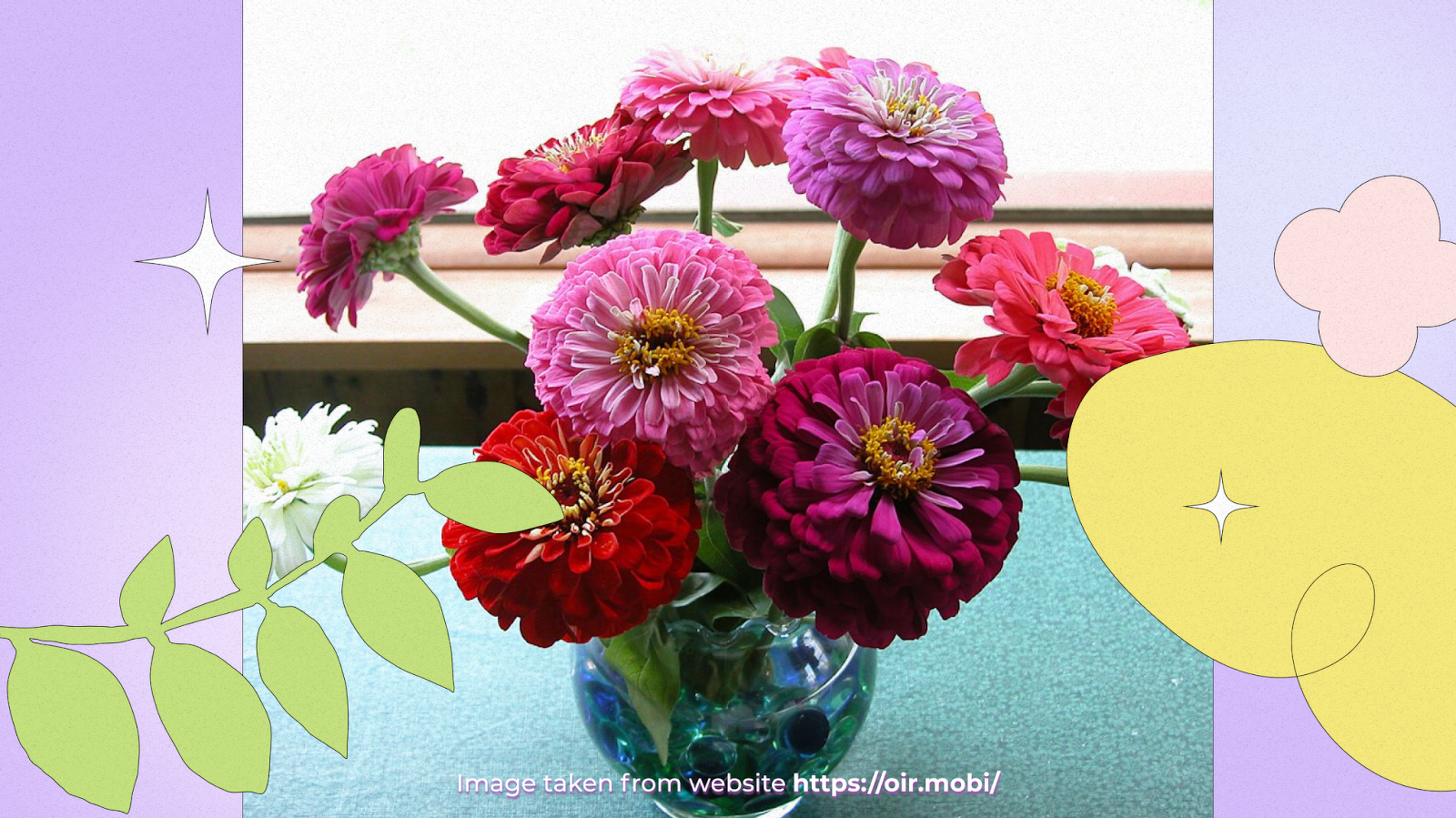
Another variety that survives for over a week is zinnia. The secret is hidden in the right floral food mixture: two tablespoons of vinegar, a tablespoon of sugar, and a pinch of cinnamon for the best results. Moreover, opt to place your zinnias in a cool spot shielded from direct sun rays.
Gladiolus
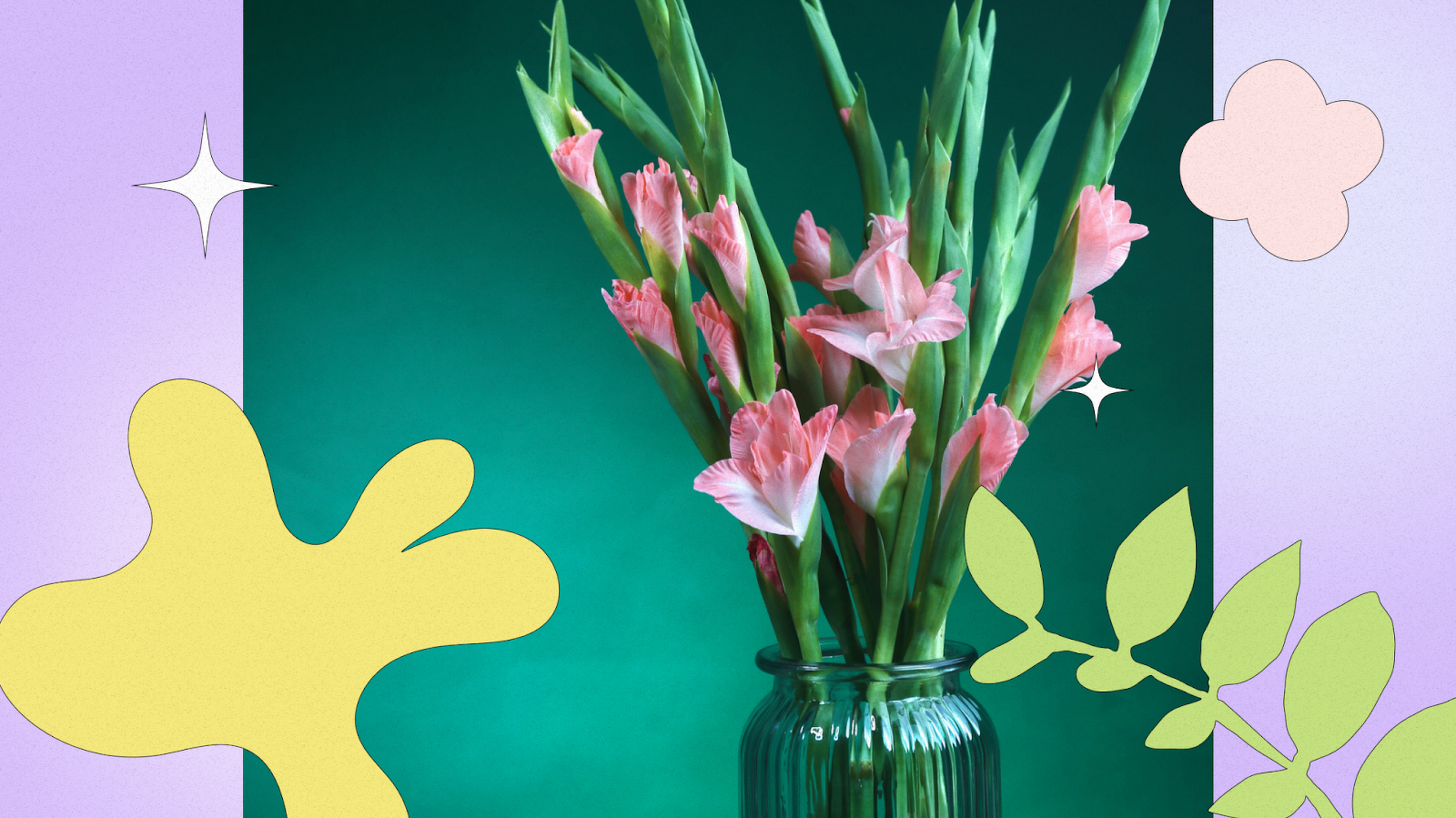
While gladioli might seem whimsical, in reality, they easily persevere for 7 to 10 days in a container. Don’t forget about removing the lower leaves to promote liquid absorption and prevent the growth of rot-causing bacteria. Soft, non-chlorinated water is the ideal option, although filtered or boiled water free of excessive salts and chlorine is suitable as well. When lacking a special preservative for gladioli, use aspirin or foods containing salicylic or citric acids.
So, there you have it: knowing which flowers last the longest makes it effortless to choose a suitable gift to delight your loved ones, offering them a touch of natural beauty.
FAQ
How do you keep flowers in a vase for longer?
The trick is consistency: pour soft water, shorten the stems, and get rid of wilted foliage once every two to three days. Finding a cool, sun-free spot is also beneficial.
What flower lasts the longest out of water?
Proteas, anthuriums, and orchids are the champions in surviving for up to 8 hours without any liquid. However, a garden-fresh bouquet is likely to suffer significant damage, so consider purchasing preserved or dried ones instead.
Does sugar help flowers last longer?
Yes, sugar is a great nutrient source for cut arrangements.
Why does bleach help flowers last longer?
Bleach prevents bacterial growth, hindering the clogging of the capillaries. In the long term, it results in efficient liquid uptake.
Does adding vinegar help flowers last longer?
As a renowned acidifier, vinegar effectively inhibits the spread of microorganisms, which increases an arrangement’s lifespan.
Does baking soda make flowers last longer?
Yes, baking soda helps maintain pH balance and contributes to longer-lasting compositions.
Why do cut flowers last longer in water?
Water provides the necessary hydration and nutrients so that the plants can continue blossoming without any soil.
How long will carnations last out of water?
In such conditions, carnations stay fresh for 4-6 hours, but their lifespan will be significantly reduced.
Which flowers wilt easily?
Delicate tulips, daffodils, and peonies wilt easily, especially if they are exposed to warm temperatures.
Why do you put pennies in the water?
The copper in the coins acts as an antibacterial agent, slowing the growth of microorganisms and extending the life of your bouquets.
Does paracetamol help flowers?
No, paracetamol doesn’t seem to be beneficial for plant longevity. Instead, add aspirin, lemon juice, or sugar.
Do flowers last longer in cold or warm water?
Generally, the colder the better, as lower temperatures slow down the growth of bacteria. However, some varieties prefer it hot or warm to speed up blooming. For the best results, research the species beforehand or use room-temperature water.



